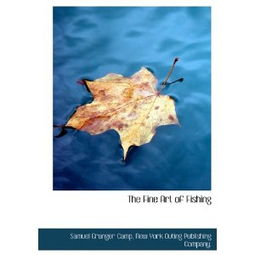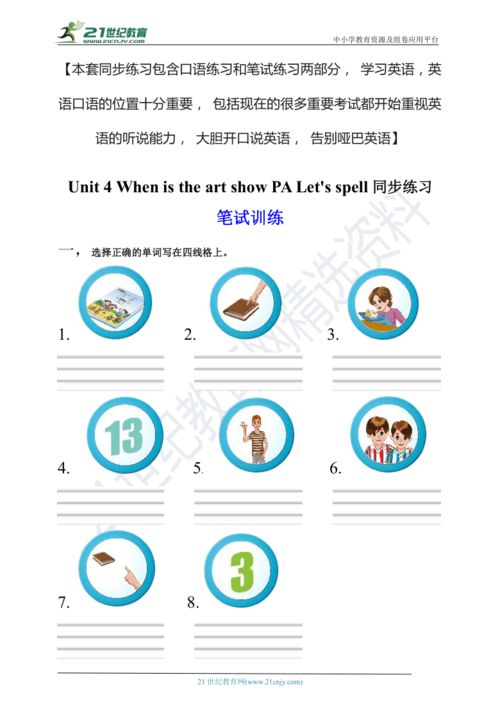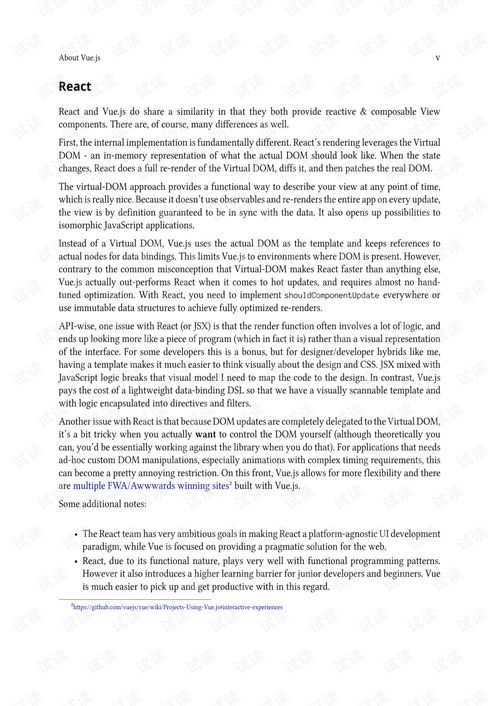Fishing from a Boat on a River: Essential Techniques for Success
River fishing from a boat offers a unique and exhilarating experience, combining the tranquility of nature with the thrill of catching fish. Whether you're a seasoned angler or a beginner looking to explore new waters, mastering the art of fishing from a boat can significantly enhance your angling adventures. In this article, we'll delve into the essential techniques that will help you become a proficient river boat fisherman.
Choosing the Right Boat
The first step in river boat fishing is selecting the right vessel. Depending on your preferences and the type of fishing you plan to do, you might opt for a canoe, a kayak, a bass boat, or even a larger pontoon boat. Here are some factors to consider when choosing your boat:
- Size and Capacity: Ensure your boat is large enough to accommodate you, your gear, and any passengers comfortably.
- Maneuverability: A boat that is easy to maneuver is crucial, especially in tight river channels or when navigating around obstacles.
- Stability: Stability is key to avoid capsizing, especially if you're planning to fish in choppy waters or from a moving boat.
- Storage: Look for a boat with ample storage space for your fishing gear, bait, and any other essentials.
Preparation and Safety
Before setting out on your river fishing adventure, it's important to prepare and ensure your safety:
- Check the Weather: Always check the weather forecast before heading out, as sudden changes can be dangerous.
- Tie Up: Secure your boat to a sturdy anchor or dock to prevent it from drifting away while you fish.
- Life jacket: Always wear a life jacket, especially if you're fishing alone or in challenging waters.
- Navigation Tools: Bring a map of the river, a compass, and possibly a GPS device to help you navigate.
Choosing the Right Spot
Finding the perfect spot to fish is crucial for success. Here are some tips to help you choose the right location:
- Observe the River: Look for areas with structure, such as rocks, logs, or weed beds, as these often attract fish.
- Current and Depth: Consider the current and depth of the water. Fish tend to congregate in areas with varying depths and currents.
- Water Temperature: Fish are more active in water temperatures between 60-70°F (15-21°C). Look for areas where the water temperature is within this range.
- Shade and Cover: Fish often seek shade or cover to escape predators. Look for overhanging branches, docks, or other structures that provide shelter.
Fishing Techniques
Once you've found a good spot, it's time to start fishing. Here are some techniques to help you catch more fish:
- Cast and Retrieve: This is the most common technique. Cast your line out, let it sink to the desired depth, and then retrieve it at a steady pace.
- Jigging: Jigging involves moving your lure in a quick, up-and-down motion. This technique is effective for targeting fish that are suspended in the water column.
- Drifting: Attach your lure to a floating line and let it drift with the current. This method is great for targeting fish that are following the current.
- Still Fishing: Sometimes, the best approach is to simply cast your line and let it sit still. This can be effective for fish that are less active or are feeding on the bottom.
Using the Right Gear
The right gear can make a significant difference in your fishing success:

- Rod and Reel: Choose a rod and reel that match the type of fishing you're doing. For example, a spinning rod and reel are versatile and suitable for a wide range of fish species.
- Line: Use the appropriate line for the conditions and the fish you're targeting. Monofilament is great for general fishing, while fluorocarbon is more resistant to water absorption and breakage.
- Lures and Baits: Experiment with different lures and baits to see what works best in your chosen spot. Live bait can also be effective, especially for larger fish.
Maintaining Your Equipment
Regular maintenance of your fishing equipment is essential for ensuring it performs well and lasts longer:
- Clean Your Gear: After each use, rinse your gear with fresh water and dry it thoroughly to prevent rust and corrosion.
- Inspect Your Line: Regularly inspect your line for nicks, kinks, or other damage. Replace it if necessary.
- Oil Your Reel: Apply a small amount of lubricant to the reel's moving parts to keep them functioning smoothly.
Conclusion
Fishing from a boat on a river can be a rewarding and enjoyable experience with the right techniques and preparation. By choosing the right boat, preparing for safety, selecting the best spot, using the appropriate gear, and maintaining your equipment, you'll be well on your way to becoming a proficient river boat fisherman. So, grab your rod, hit the water, and enjoy the serenity and excitement of river fishing!












